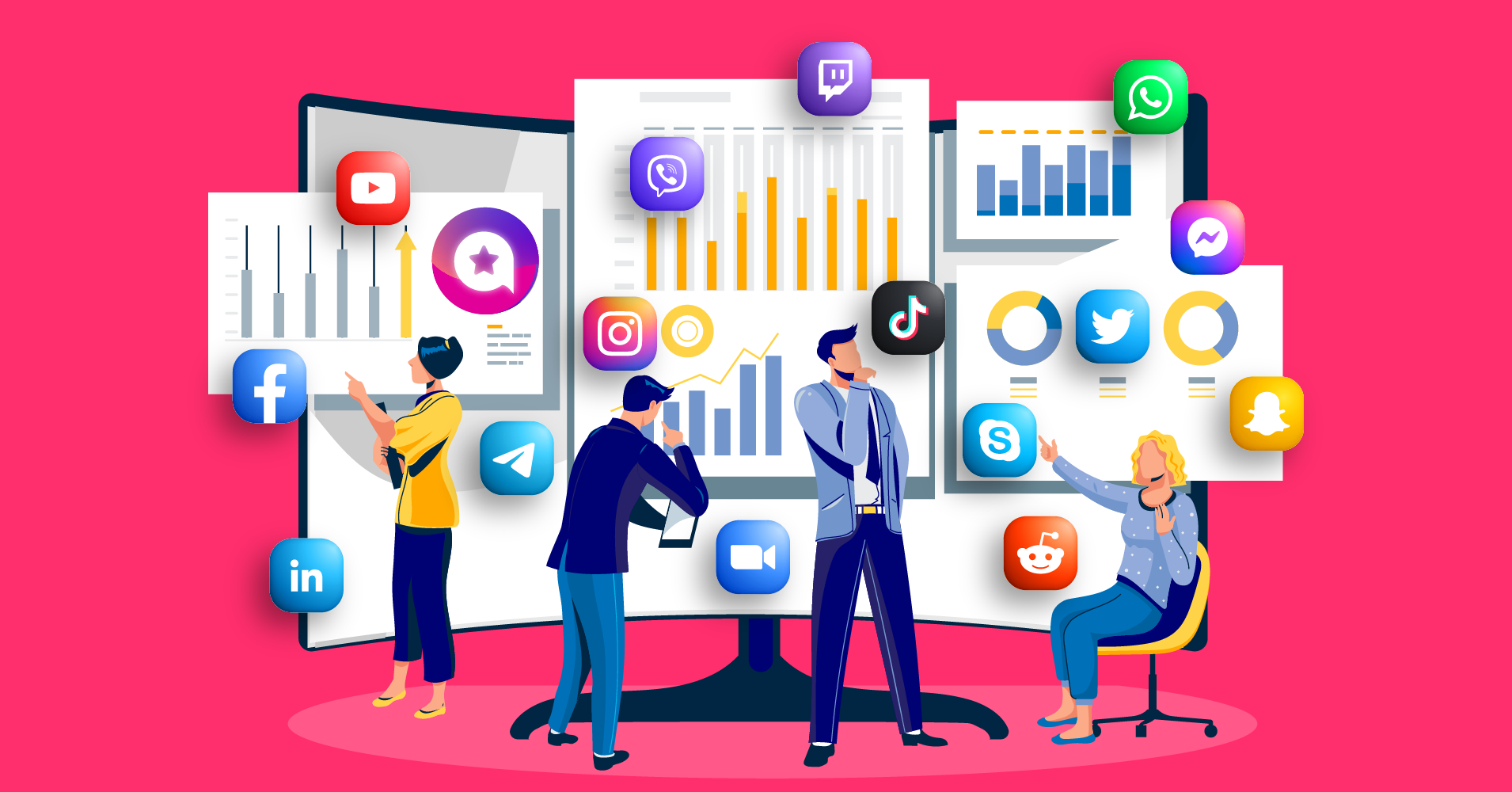
Build win-win marketing strategies that benefit both your business and the customer. These are the three strategies that work for any company.
Win-win marketing strategies ensure that both your business and its customers benefit from a situation or arrangement. But too often, marketing is self-serving, designed to just focus on sales and not the customer.
Customer-first marketing requires that you think about sales as secondary to the customer’s needs. And when you do that, you’ll find your marketing becomes beneficial to both you and the customer. It won’t just educate them, but will also empower, entertain and engage them to turn them into advocates and repeat customers.
Review these leading strategies that help you and your customers win big with more intentional marketing strategies.
In a win-win marketing strategy, both you and the customer win. Some examples where only one party wins include:
Basically, if the customer isn’t getting just as much out of a marketing tactic as the business is, it likely isn’t a win-win scenario. Here’s a look at the three leading win-win marketing strategies businesses can employ to build stronger relationships with customers.
When drafting content, you don’t want to ignore the call to action or consider how it ties in with your products and services. But you should also realize that content marketing is about building relationships and not selling. So while it is a marketing strategy, it isn’t one where the business is drafting self-serving content designed only to sell.
You’ll have content that sells, such as email series designed to help entice a customer who has shown interest in your products. And while these series should still include beneficial content to educate your audience, the series will likely have stronger sales copy than your average content.

Some examples of win-win content marketing include:
How can you show your existing, loyal customers how much you appreciate them? Offer them exclusive promotions you don’t offer prospects. Too often, companies give their best promotions to new customers to reel them in. And while that’s understandable because you want to reduce the barrier to entry, you also want to consider ways to keep your best customers and show them how much you care.
Some examples of exclusive promotions for existing customers include the following.
Making partnerships with companies that offer complementary services can benefit your business through cross-selling opportunities. The customer benefits because they can make one purchase in a convenient location.
Plus, it benefits the companies that you partner with, which can give you a firm stance in your community as someone supporting other businesses. It’s a good way to meet new customers, serve them and delight them in a unique way that your competitors might not be doing.
Consider selling products from similar companies on your website. Or offer combination subscriptions with your service and another service that integrates well into your offering.
In this scenario, it’s a win-win-win for all three parties involved. Just make sure that you’re setting up the partnership such that it truly benefits everyone involved and isn’t self-serving. Charging your partner to list their products might be realistic if they aren’t reciprocating the service. But if they are reciprocating, you shouldn’t charge extra. The customer should get convenience from the partnership, but you might also toss in some mild savings to entice the larger purchase.
In some industries, it’s harder to find non-competing products than in others. Get creative and think about what best serves your customers because that’s what these partnerships are all about.
Customer-first marketing will help you meet prospects, entice them into customers, and retain them long-term by delighting them with your outstanding services. If you’re seeking resources to build a customer-first marketing strategy that attracts, engages, and retains prospects and customers, schedule a free consultation with New Light Digital.
Further reading: